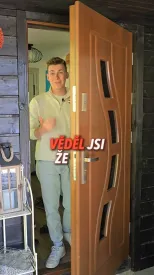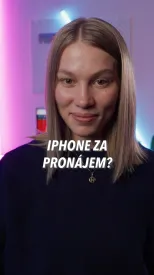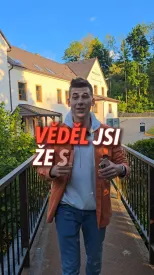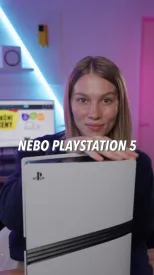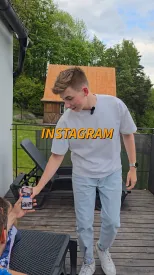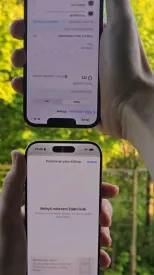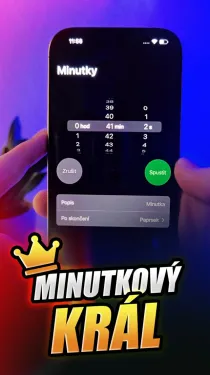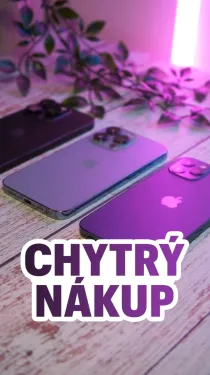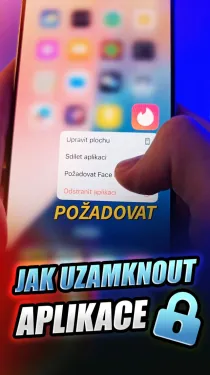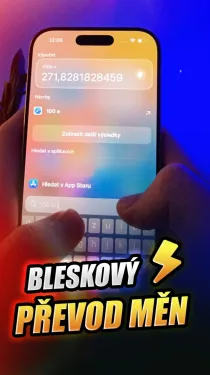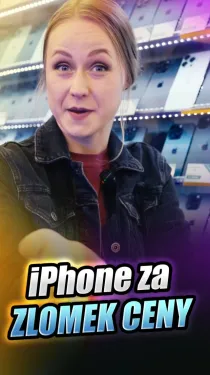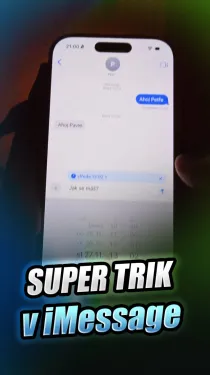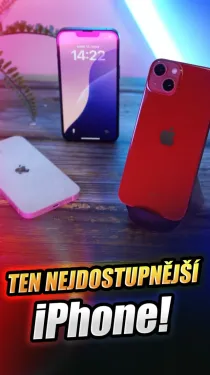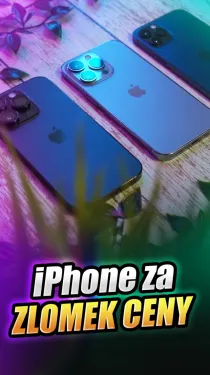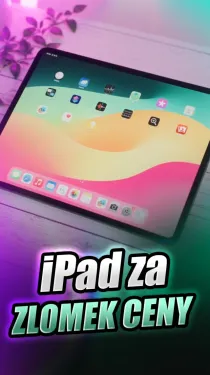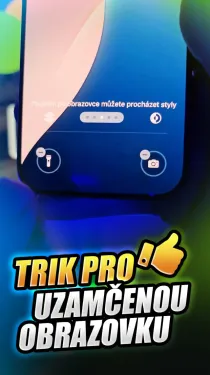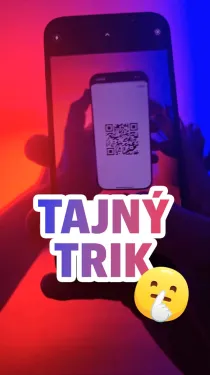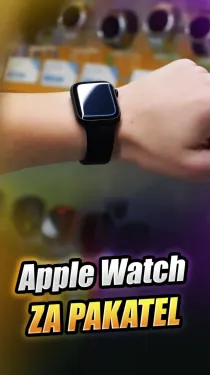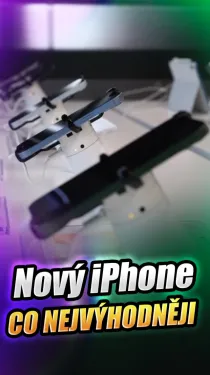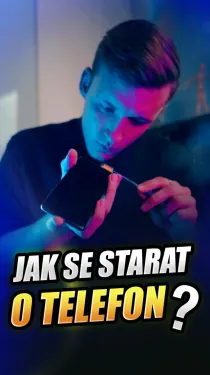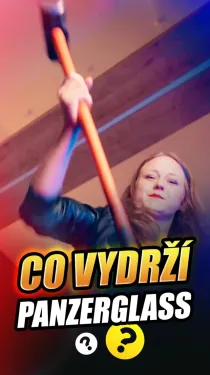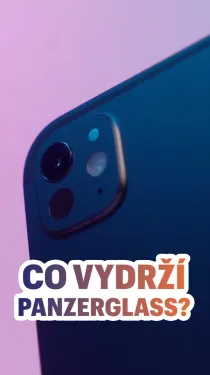Komerční sdělení: Imagine two people standing back to back in front of the same advertisement — and they see a completely different design. One sees the ad with a summer ocean beach scene, while the other sees an urban landscape on a bright winter day. The text changes, the color changes, and even the atmosphere changes — all in real time. This is the new world of parallel posters — where advertising splits into infinite versions of itself. Where data and creativity collide, and design comes to life.
Savvy marketers are harnessing sensors, location, and behavioral triggers to create adaptive visuals — campaigns that adapt based on who is seeing them, the weather, or what time of day it is. And with creative platforms like Dreamina and an AI photo generator, anyone can now play around with this idea — developing visuals that coexist in multiple dimensions simultaneously.
Let’s explore how these dynamic designs are reshaping storytelling — and then, you’ll learn how to make your own adaptive masterpiece through Dreamina’s three imaginative steps.
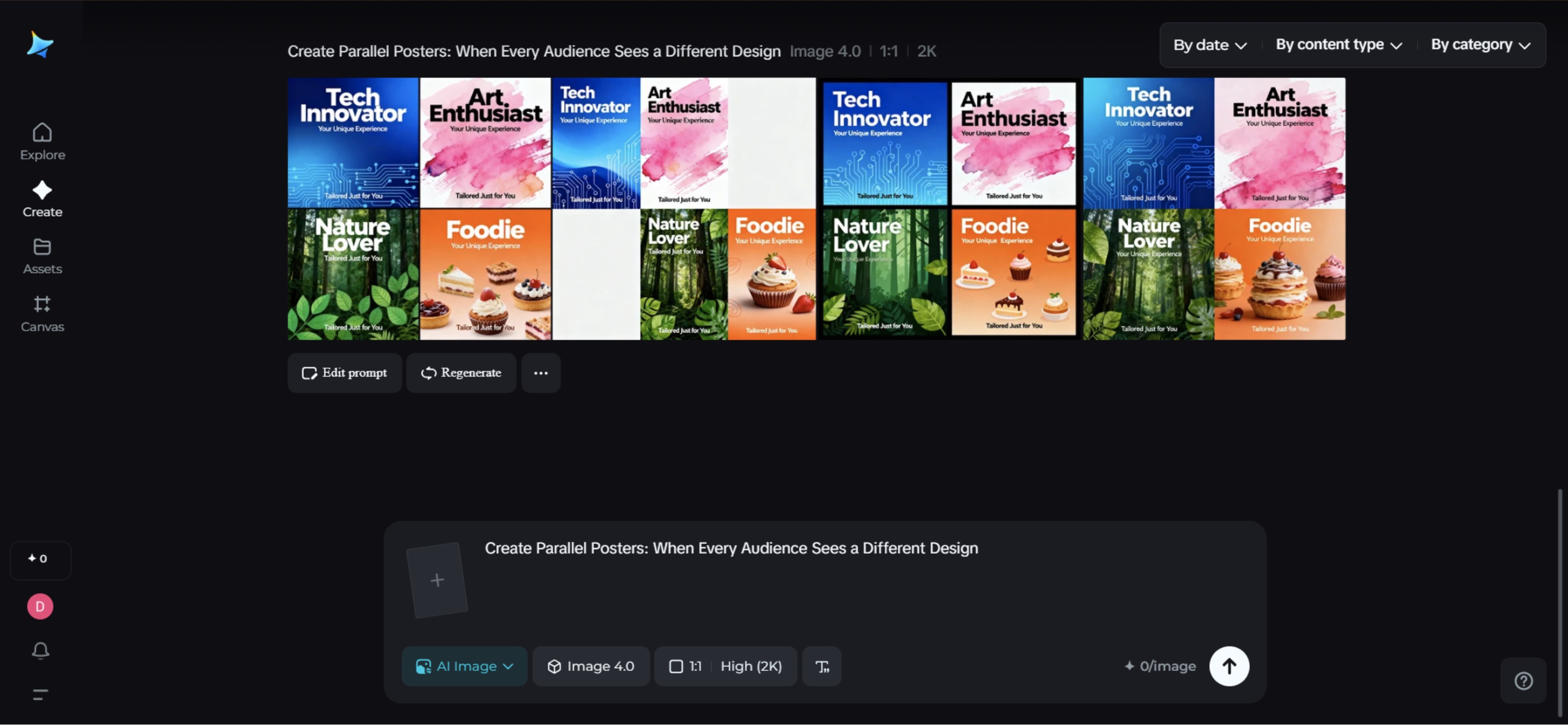
One poster, infinite realities
Traditional advertising was static. One poster is printed once and reproduced indefinitely in all locations. In an increasingly instantaneous world, being static suddenly feels old-fashioned. Parallel posters thrive on movement and context.
They display different visuals depending on outside conditions such as:
- •Weather: A fashion advertisement that has raincoats when it is raining and sunglasses when it is sunny.
- •Location: A travel advertisement that features local monuments wherever it appears.
- •Audience information: A drink commercial that adjusts its color scheme depending on the audience demographic or web history.
Every viewer gets to see a distinct ad — one that seems tailored for them. And that’s the magic of it: each campaign becomes a multiverse, where infinite design realities happen at once.
The science of seeing differently
Parallel posters use adaptive algorithms and contextual inputs. But underneath the data, there’s a fundamental artistic principle — resonance through relevance.
Designers input a range of materials: background images, color schemes, text styling, and interaction triggers. Then, based on the surroundings of the user, the system pieces together a new „version“ of the advert.
It’s not so much about printing one poster as it is about writing a song that remixes itself in real time.
These ads do more than get attention — they react. A poster that seems to be alive, conscious, and sensitive to context immediately commands interest. An AI poster generator helps you achieve that. People don’t simply glance; they interact, attempting to find out how it will change next.
Real-world examples (reimagined)
Imagine this:
- •A sportswear company operates virtual billboards that change energy levels with the sound of the crowd — glowing brighter as the noise of the stadium grows louder.
- •A perfume commercial quietly shifts its background hue to adjust for humidity and temperature, syncing scent identity with surroundings.
- •A movie poster refreshes visuals according to local time zones — day scenes by morning, night shots with the moonlight by evening.
It’s not personalization; it’s parallel storytelling. Each group sees their own rendition of the same story.
Design philosophy: Controlled chaos
Designing for simultaneous perception means accepting fluidity. You don’t create one poster — you create potential.
Rather than setting in on one look, designers work in systems:
- •Tones that transition smoothly from one mood to another.
- •Compositions that maintain balance as pieces move.
- •Type that scales through several languages, voices, or distances.
It’s a style of controlled chaos — specific enough to maintain consistency, adaptive enough to change.
Dreamina’s dimensional playground: Create your own parallel poster
Make one. Dreamina lets you play with multi-version storytelling by imagining your concept in seconds. With its creative tools, you can model how a design will vary from viewer to viewer — making imagination wonderfully adaptable.
Follow these steps via Dreamina’s signature three-step process.
Step 1: Write a text prompt
Go to Dreamina and open the prompt field. Describe your idea in great detail — do not think of one poster, but of numerous iterations of the same world.
For instance: A future city street poster with weather-sensitive design — the sunny one features golden shimmering colors and reflective surfaces, rain version emits glowing neon blues and puddle-like textures, snowy one features pale pastel fog. Incorporate holographic elements and clean typography.
The more vividly you portray alternate states, the more your „parallel“ theme is reflected in Dreamina. Employ sensory language — light, color, movement — to provide your vision with dimensional depth.
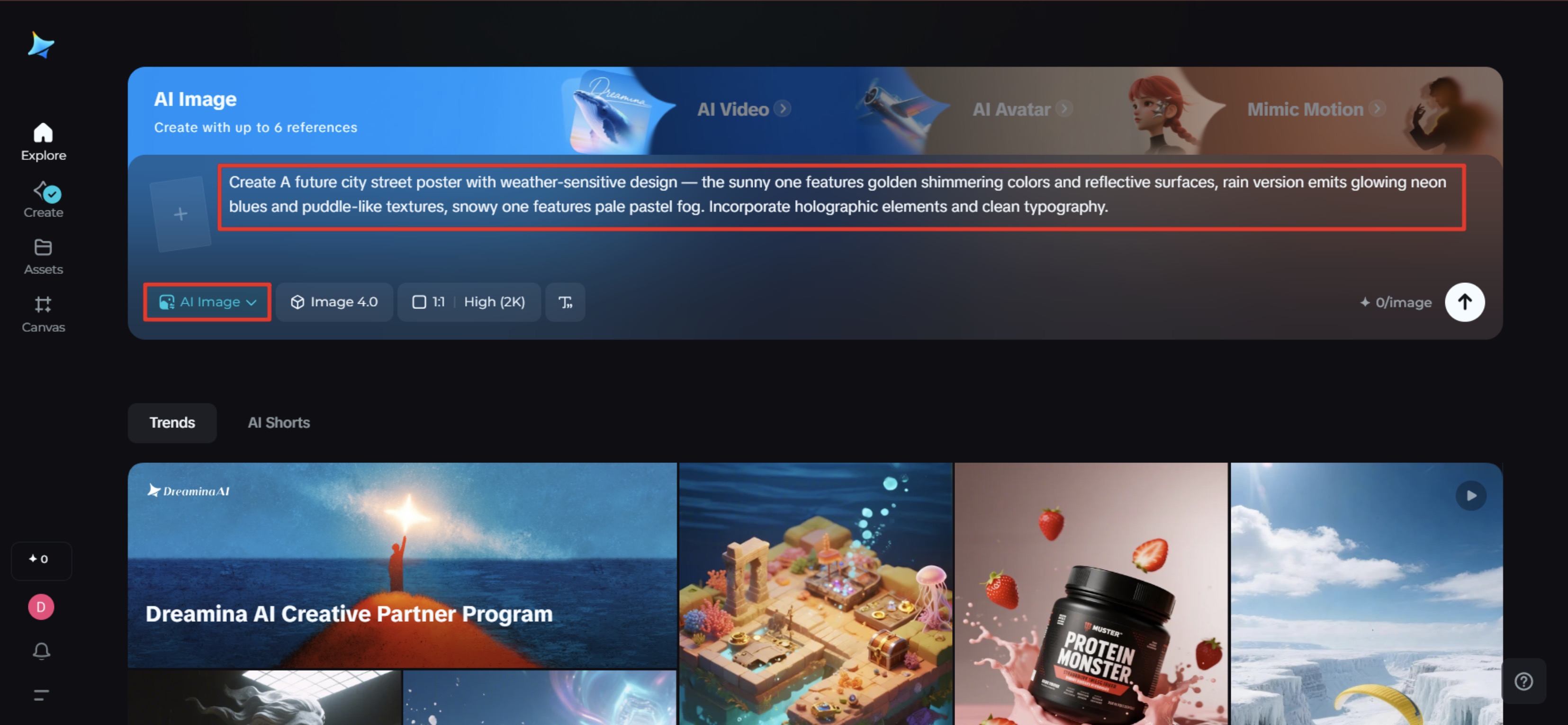
Step 2: Fine-tune parameters and create
Now tweak your creative work. Choose your favorite model, aspect ratio, dimensions, and resolution (pick between 1K or 2K for clarity). After you have tweaked your parameters, click on the Dreamina icon to create your image.
Within minutes, the first draft of your poster will be here — a glimpse of one world within your campaign.
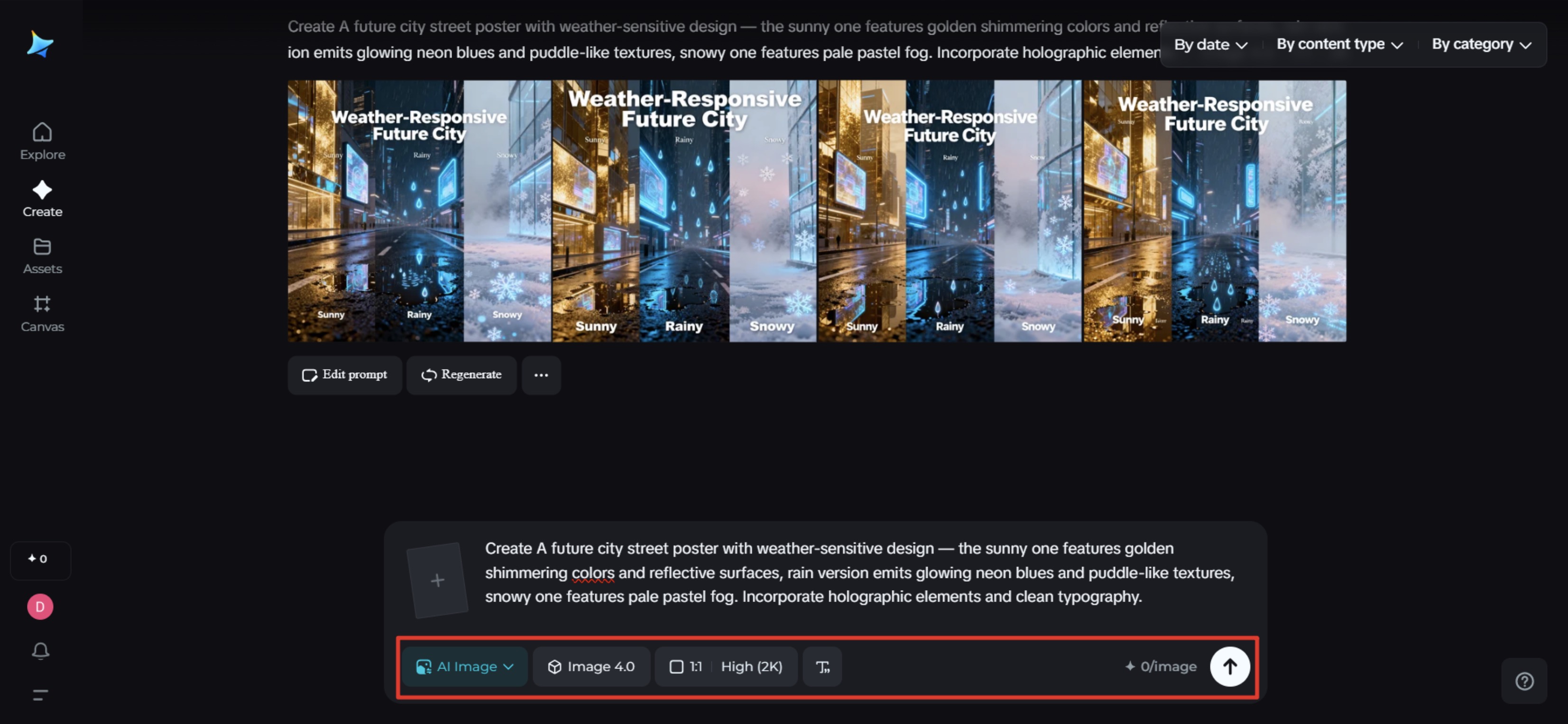
Step 3: Personalize and download
Then comes refinement. Dreamina provides addutuibak AI features to refine your image: utilize inpaint to modify portions of your image, expand to enlarge your scene, remove to eliminate unwanted objects, or retouch to refine the finish.
When satisfied, tap the Download icon to download your adaptive poster — your first doorway to the multiverse of design.
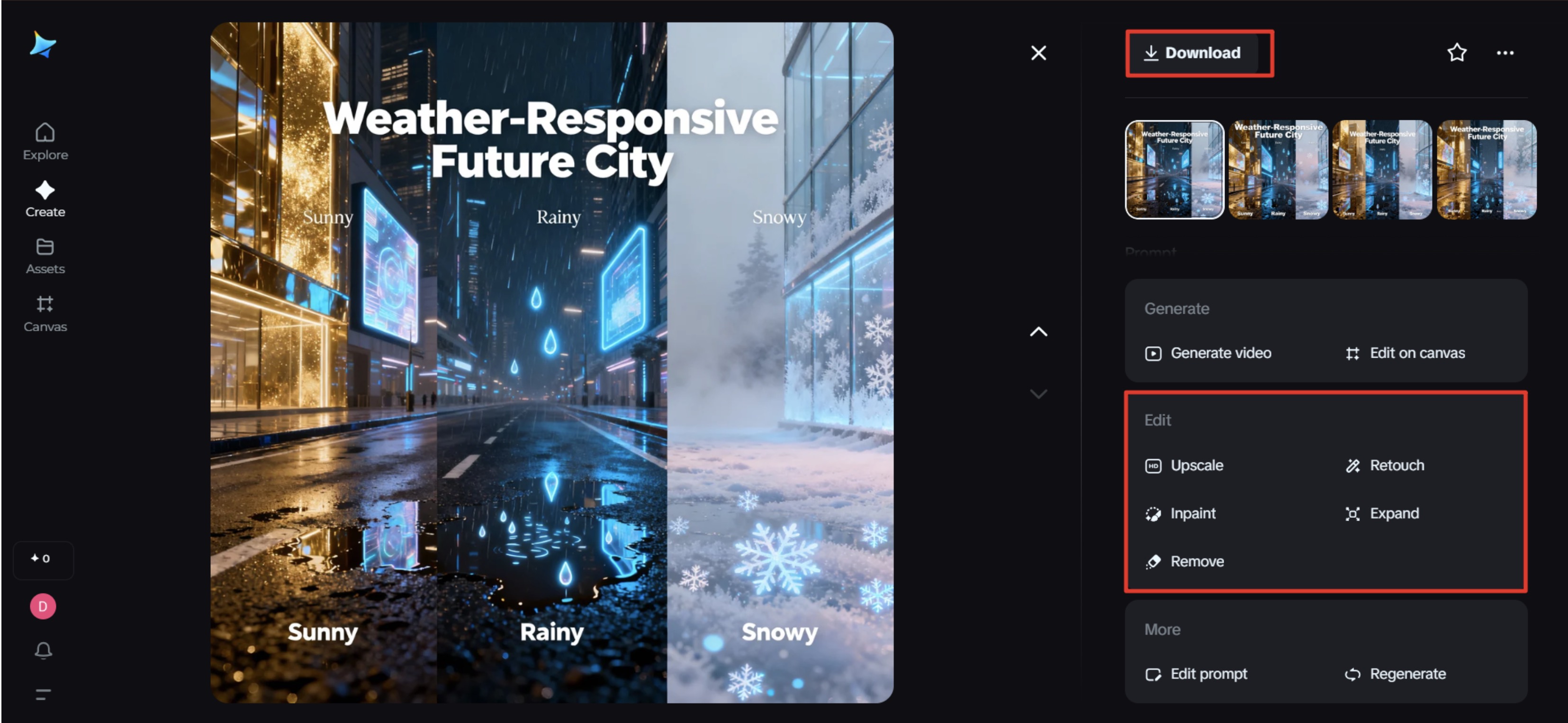
How brands can use this
Once you’ve built your parallel visual, think about real-world applications. A brand could use an AI logo generator to craft a logo that changes tone with the environment — glowing softly at night or brightening in daylight. Another could experiment with an AI poster generator to prototype ad visuals that automatically vary by city, mood, or audience segment.
These platforms make adaptive storytelling available — combining creativity and context, data and design.
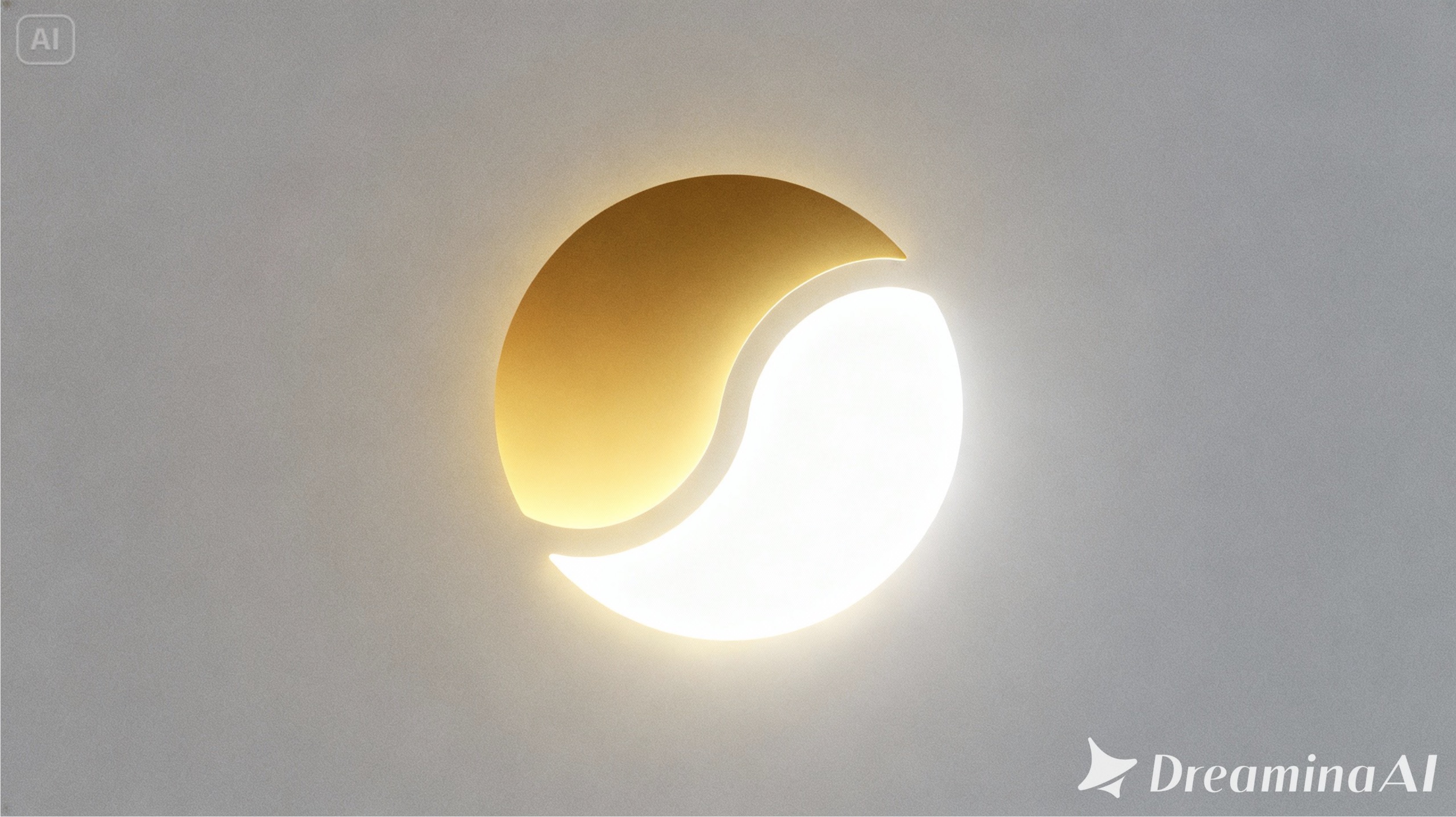
The beauty of infinite design
Parallel posters redefine the meaning of „one campaign“. They eschew uniformity and revel in variation. Every individual’s experience becomes individually unique — like the poster knows them, hears them, or exists due to them.
And that’s the strength of this method: it reflects life itself — constantly evolving, contextual, nuanced.
With Dreamina, you don’t require a huge studio or complicated sensors to investigate these notions. All you require is imagination and a prompt. Develop your own dimensional imagery, experiment with how they transform for varying moods, and craft campaigns that exist in numerous worlds simultaneously.
